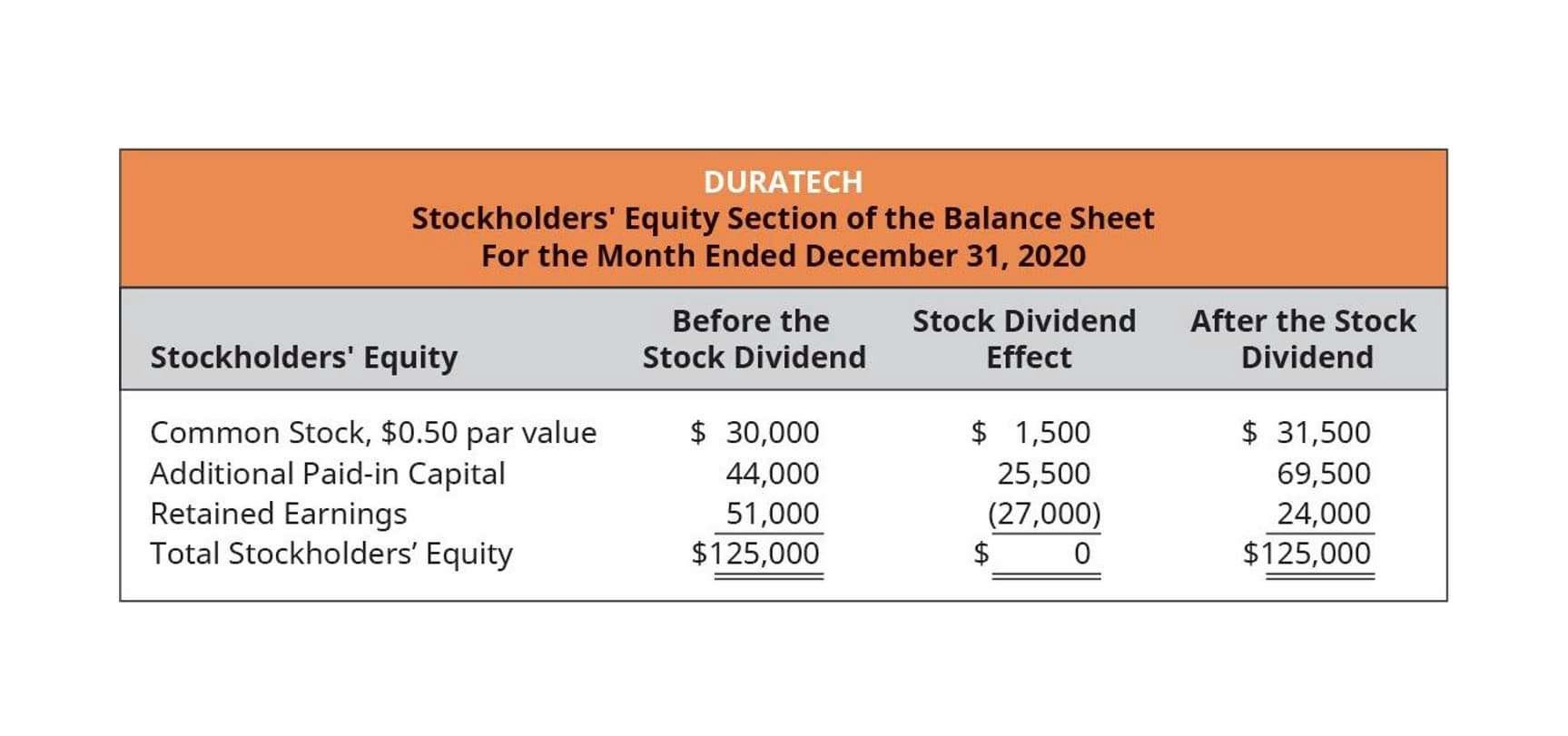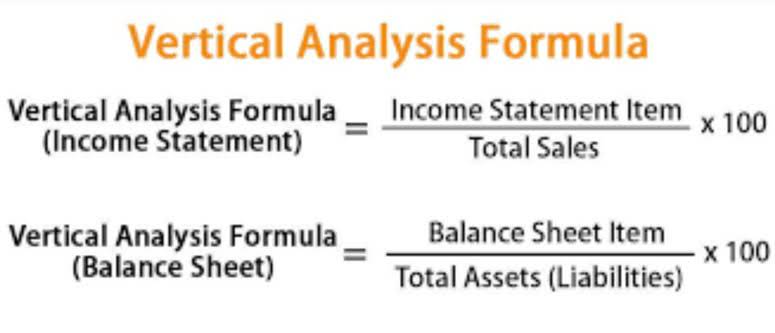
103–394 effective Oct. 22, 1994, and not applicable with respect to cases commenced under this title before Oct. 22, 1994, see section 702 of Pub. 109–8 effective 180 days after Apr. 20, 2005, and not applicable with respect to cases commenced under this title before such effective date, except as otherwise provided, see section 1501 of Pub. The information on the organizations are produced from computer records and is subject to 5013c certain limitations, particularly in the format and arrangement of the entries. If you get a message that says “A condition has been identified that’s preventing your access to this service,” this means you won’t be able to use the online service at this time. Sometimes the IRS recognition is all the organization needs to be approved at the state level. Power your platforms with Candid’s APIs to support your organizational needs.
U.S. Code § 503 – Allowance of administrative expenses
Her work has been featured by business brands such as Adobe, WorkFusion, AT&T, SEMRush, Fit Small Business, USA Today Blueprint, Content Marketing Institute, Towards Data Science and Business2Community. Quick, user friendly and one of the better ways I’ve come across to get ahold of lawyers willing to take new clients. Attorney with 10 years experience focusing on corporate transactions and formations, real estate, and estate planning. With over ten years of intellectual property experience, I’m happy to work on your contractual matter. Drafting memoranda, business transactional documents, termination notices, demand letters, licenses and letter agreements are all in my wheelhouse!
Asking Eric: Supporting artistic ventures vs. enabling irresponsible funding
Once that is approved, the nonprofit can then start the process of applying for tax-exempt status. As long as you continue to file the annual tax returns and don’t engage in activities to jeopardize your status, the 501(c)(3) designation remains indefinitely. Please note that filling out the IRS Form 1023 is a complex process.
Exempt Organization Types
Section 501(c)(3) is the portion of the US Internal Revenue Code that allows for federal tax exemption of nonprofit organizations that meet the code’s requirements. These nonprofits may be considered public charities, private foundations, or private operating foundations, which we’ll explain in more detail later. A 501(c)(3) organization is a nonprofit business entity that has filed for tax-exempt status with the IRS under section 501(c)(3) of the Internal Revenue Code.
- The organization must receive a formal designation from the IRS.
- Merely stating the purpose or plan for the final distribution of assets in the bylaws or operating agreement is not sufficient.
- You should expect to pay about $1,000 to file for your tax-exempt status at the federal and state level.
- To file for your 501(c)(3) tax-exempt status, most organizations must use this number to fill out IRS Form 1023 electronically on Pay.gov.
- Download all available information for this organization plus form 990 pdf files to your computer, laptop, and phone.
- A 501(c)(3) application is an application for recognition by the IRS for tax-exempt status.
- 501(c)(3) status is regulated and administered by the US Department of Treasury through the Internal Revenue Service.
An organization is also required to remain true to its founding purpose to stay tax-exempt under Section 501(c)(3). Learn more about the benefits, limitations and expectations of tax-exempt organizations by attending 10 courses at the online Small to Mid-Size Tax Exempt Organization Workshop. Individuals, trusts, estates, and S corporations use this form to elect to postpone an IRS determination as to whether the presumption https://www.bookstime.com/ applies that an activity is engaged in for profit. We won’t be contributing to his efforts but I am concerned that the same people are contributing money to him that they can ill afford, perhaps using those contributions toward their tax filing. Monitor the individuals on-going needs and ensure quality of services. 98–353 effective with respect to cases filed 90 days after July 10, 1984, see section 552(a) of Pub.
Examples of 501(c)( Application Projects

Additionally, a nonprofit is only allowed minimum levels of unrelated business activities. These are activities that generate revenues but aren’t directly related to fundraising efforts and include things like renting out office space or selling merchandise. It may take up to 9 weeks to receive your refund or credit any overpayment to your account. However, if we find other problems, we’ll contact you again and this may delay your refund. Filing after the 27-month window only allows you to apply the tax-exempt status back to the filing date of your application. Once you file your organization’s tax-exempt status request with the IRS you must wait on the tax collection agency’s approval.
- Quick, user friendly and one of the better ways I’ve come across to get ahold of lawyers willing to take new clients.
- This form is called an Application for Recognition of Exemption Under Section 501(c)(3) of the Internal Revenue Code.
- It’s important to remember that the nonprofit is fundamentally a corporation, trust, LLC or unincorporated association and must follow the organizational rules of the underlying business entity.
- Most organizations will use IRS Form 1023 for their 501(c)(3) application.

It’s important to remember that the nonprofit is fundamentally a corporation, trust, LLC or unincorporated association and must follow the organizational rules of the underlying business entity. For example, with a corporation, you’ll have articles of incorporation with bylaws that dictate how you run your organization. A board of directors is elected to oversee the company’s operations. The nonprofit can hire people and pay them a salary and benefits from revenues generated. Where the scrutiny comes is how much of the incoming revenue is paid toward fulfilling the mission of the organization.
Apply for Your 501(c)( Status.
If an organization is eligible to apply for nonprofit status with Form 1023-EZ, the process can take as little as four weeks. For those who must file Form 1023, the process could take up to six months or longer. Form 990-N (e-Postcard) is an annual electronic notice most small tax-exempt organizations (annual gross receipts normally $50,000 or less) are eligible to file instead of Form 990 or Form 990-EZ.

One of the most distinct provisions unique to Section 501(c)(3) organizations as compared with other tax-exempt entities is the tax deductibility of donations. 26 U.S.C. § 170 provides a deduction, for federal income tax purposes, for donors who make charitable contributions to most types of 501(c)(3) organizations. Regulations specify which such deductions must be verified in order to be allowed. If you find an organization listed on the Auto-Revocation List, it may have been reinstated by the IRS since the automatic revocation date.

c)( Application: How To Obtain Nonprofit Status
Postpetition payments to an individual debtor for services rendered to the estate are administrative expenses, and are not property of the estate when received by the debtor. This situation would most likely arise when the individual was a sole proprietor and was employed by the estate to run the business after the commencement of the case. An individual debtor in possession would be so employed, for example. By definition, nonprofit corporations — also called nonprofits, nonprofit organizations, NPOs or not-for-profits — are formed exclusively for the purpose of providing a “public benefit”. Applying for 501(c)(3) status allows the IRS to examine your nonprofit’s structure, purpose and business dealings to determine if it qualifies as a tax-exempt organization. The IRS also seeks to ensure donor dollars will be used for donors’ intended purposes via the absence of any conflicts of interest.
